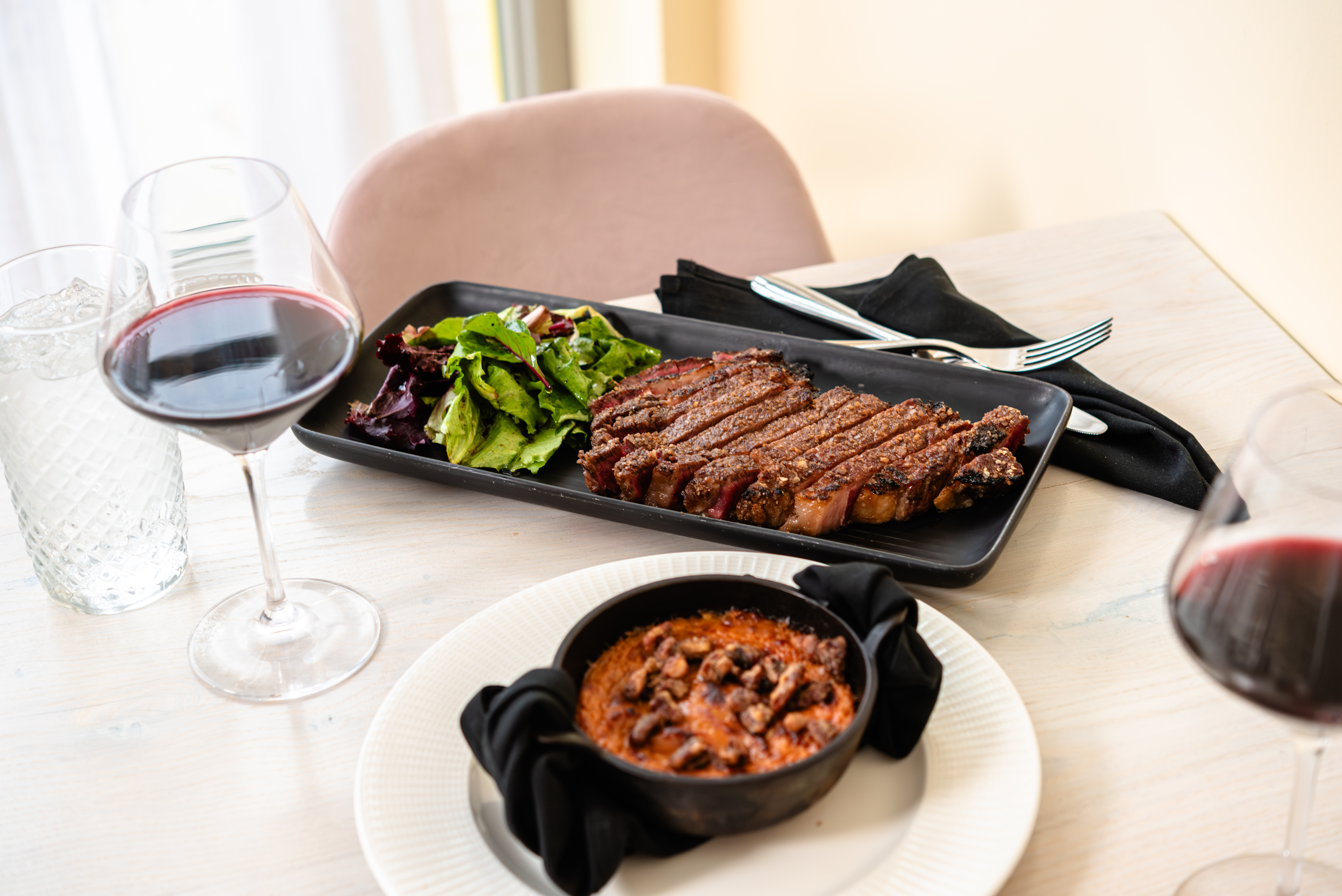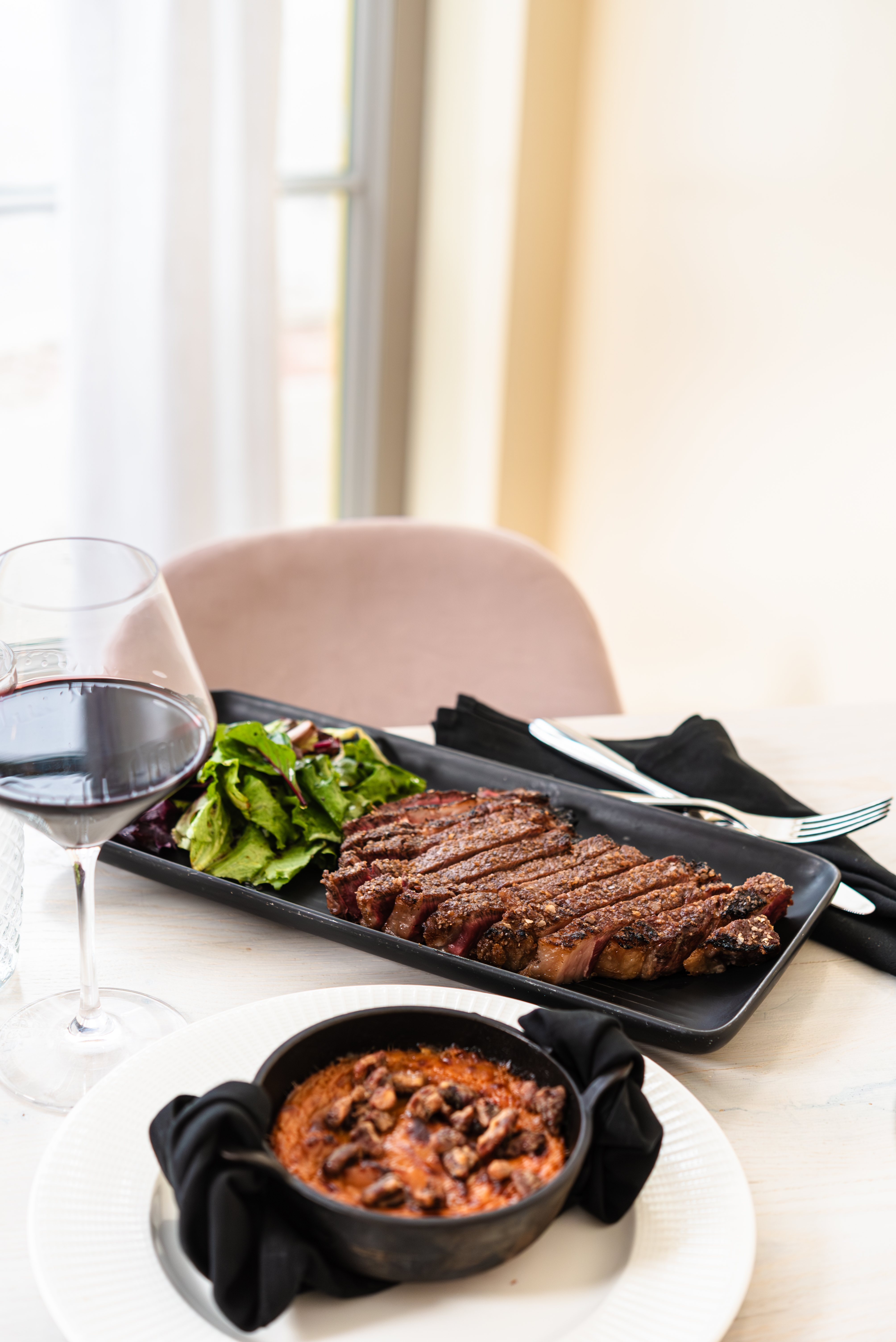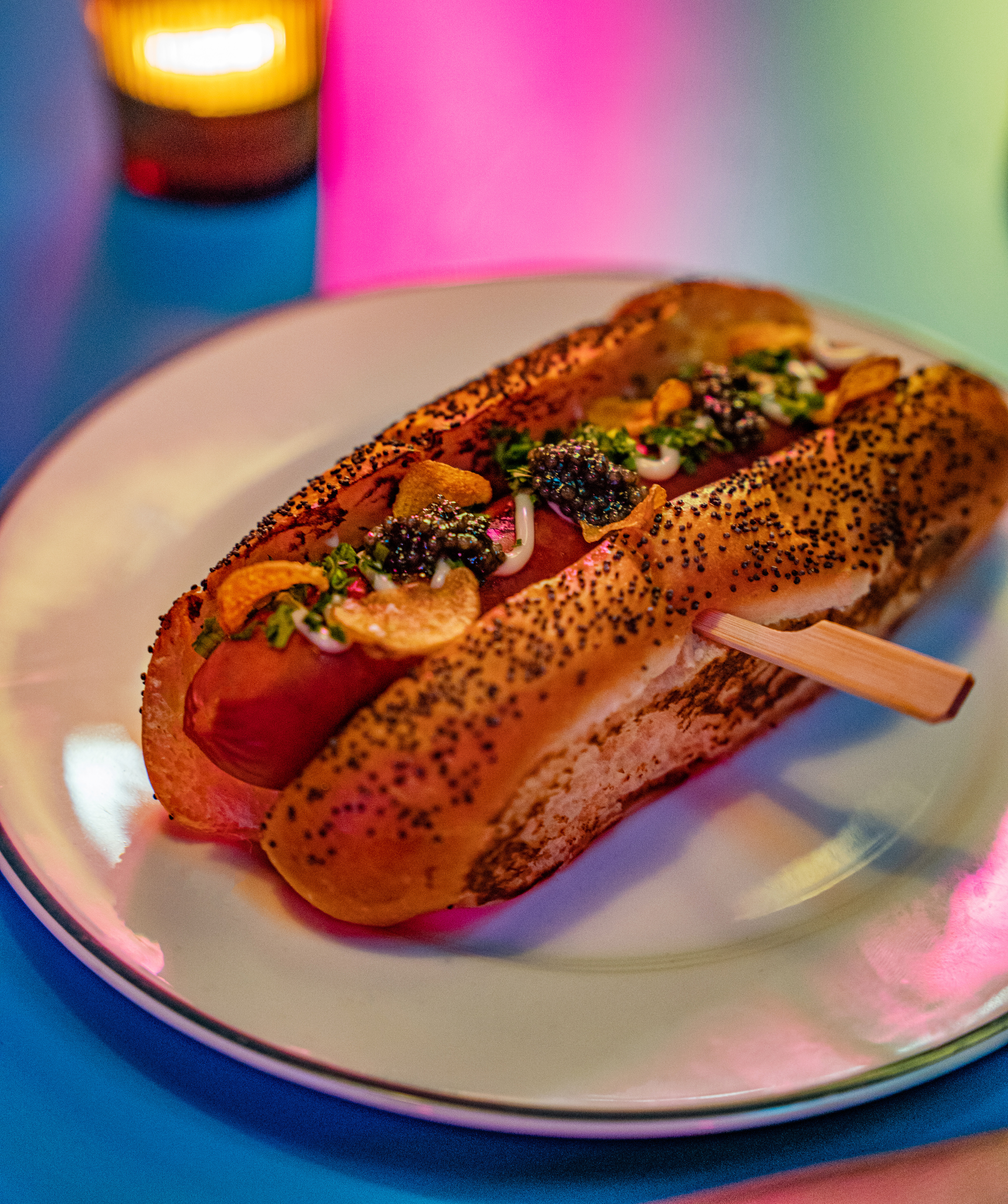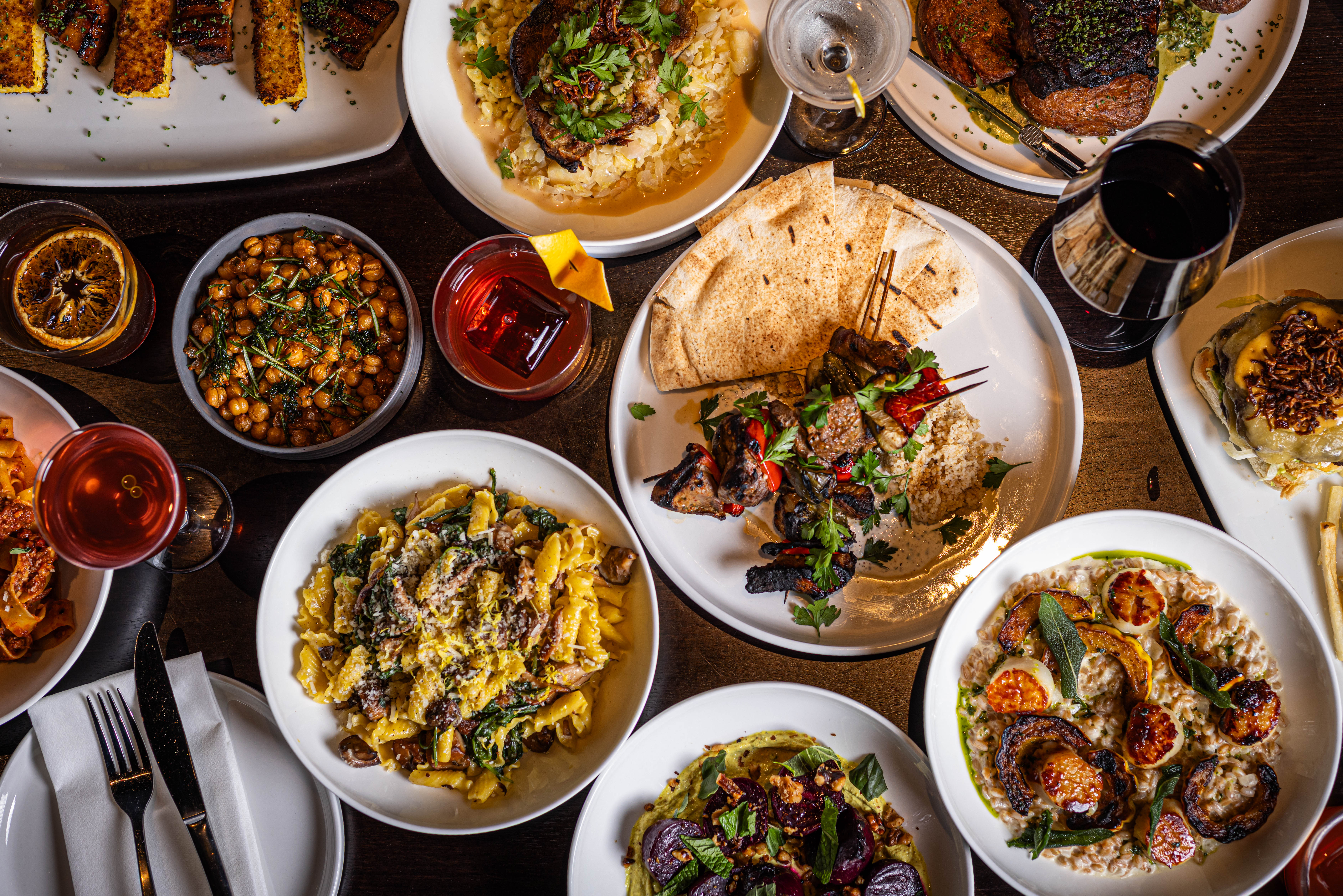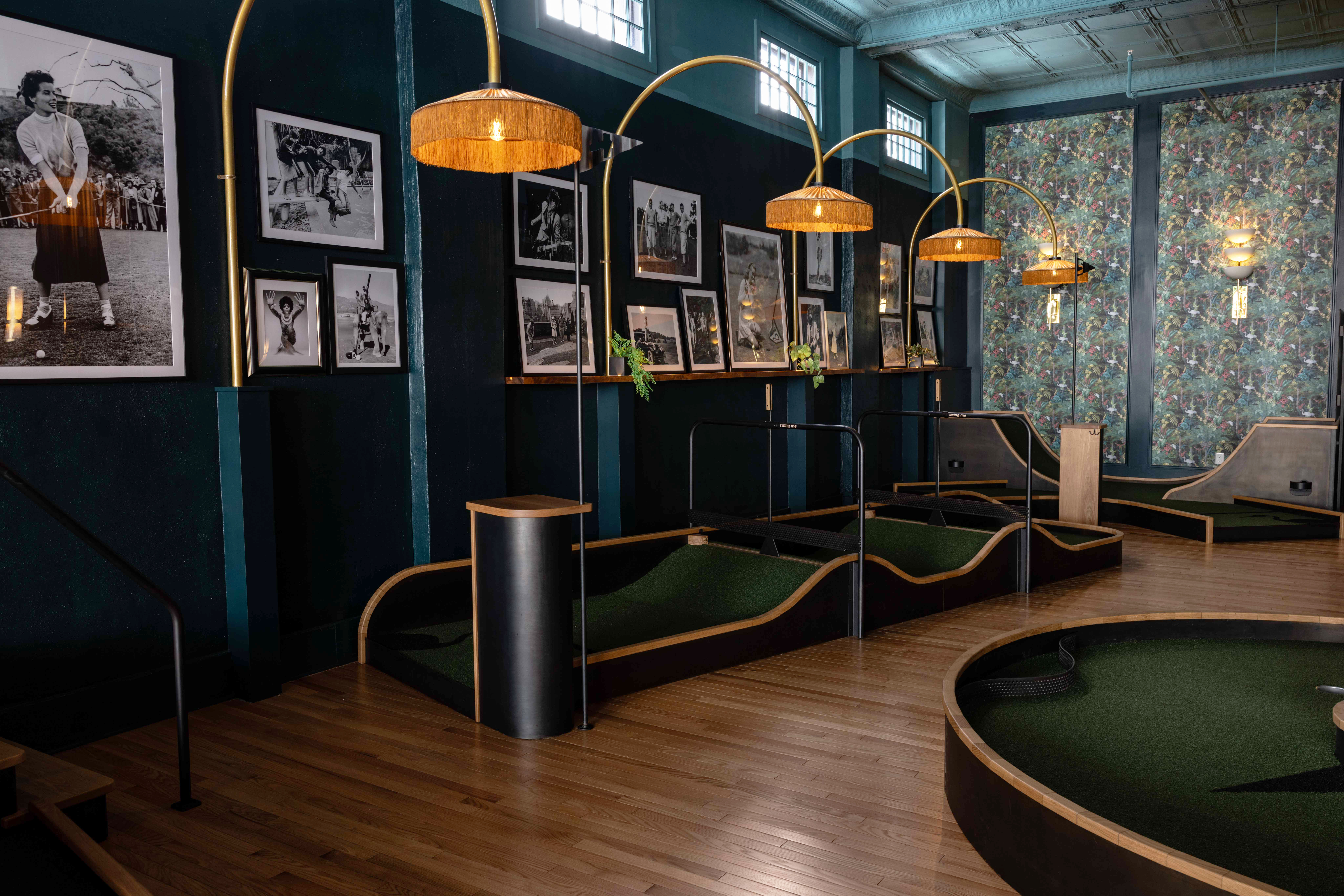Napoleon Dynamite
Have a blast with Joseph Drouhin
by Marianne Frantz | Jul. 31, 2006 | 4:00 AM
Blame it on Bonaparte.
Or at least the emperor’s infamous Law of Inheritance.
The decree strangled the family vineyard in France by dividing all wealth — land included — equally among surviving children. So a 100-acre vineyard owned by a family with five children would automatically be split into five 20-acre vineyards. Each parcel would again be split by the next generation until eventually the size of the land inherited became too small to support a family much less take the wines to market.
But those families’ squashed grape dreams have become high-quality wines, especially in the premier wine regions of Burgundy, France — the Côtes de Beaune and the Côtes de Nuits, where large, quality-conscious wine producers buy, blend and bottle the grapes of Burgundy to sell on the global market.
To understand the wines of Burgundy, then, you must study the reputation of the producer.
Take Joseph Drouhin, for example.
His family entered the business as major shippers of wines in the Beaune region of France. Eventually, the family bought up vineyard plots from local families and ultimately crafted its own wines, including the Premier Cru Clos des Mouches.
In the Côtes de Beaune, Joseph Drouhin offers both red and white wines from many of the region’s top villages. True to French tradition, the wines of Côte de Beaune do not have the primary grape listed on the label. Instead, the labels simply feature the village names such as Meursault, Santenay or Volnay. Typically, if the wine is red you can bet it will be Pinot Noir, and whites, Chardonnay.
Regardless of color or village, the producer’s name will always be prominently placed on the label. Regarded as standout wines throughout the world, the wines of Burgundy’s Côtes de Beaune are well worth the higher price they garner. After all, the wines represent generations of tradition and are more palatable than your old history book.
2004 Joseph Drouhin Santenay, Côte de Beaune, France ($27): Deep red with moderate aromas of cherries, raspberries and earth. Firm tannins and crisp acidity offer a finish that is medium in length. Great match for grilled lamb chops.
2004 Joseph Drouhin Chorey-Les-Beaune, Côte de Beaune, France ($24): Medium-light bodied with bright fruit aromas of red cherries and raspberries. Medium tannins and acidity make it a perfect partner for lighter grilled meats such as chicken or pork.
2004 Joseph Drouhin Meursault, Côte de Beaune, France ($41): Medium-plus body, medium pale-gold hue and creamy texture. Crisp acidity with oaky vanilla, lemon-lime and honeyed hazelnut aromas. Try with grilled fish or sip alone.
2004 Joseph Drouhin, Clos des Mouches, Côte de Beaune, France ($78): Medium-plus body, white with golden hue and perfumed aromas of lemon and honeyed vanilla. The wine will continue to age, developing intense aromas and nuttiness. Hold five to 10 years.
2004 Joseph Drouhin, Volnay, Côte de Beaune, France ($43): Medium body with bright ruby color. Pinot Noir aromas of red berries, raspberries, earth, tea leaves and violets. Crisp acidity, firm tannins and mouth-warming alcohol.
2003 Joseph Drouhin, Clos des Mouches (red), Côte de Beaune, France ($77): Medium body with a velvety mouthfeel. Aromas of dark cherry, black fruit, earth and spice. Hold for a few years to let the wine continue to develop in bottle.
Trending
-
1
-
2
-
3
-
4
-
5





